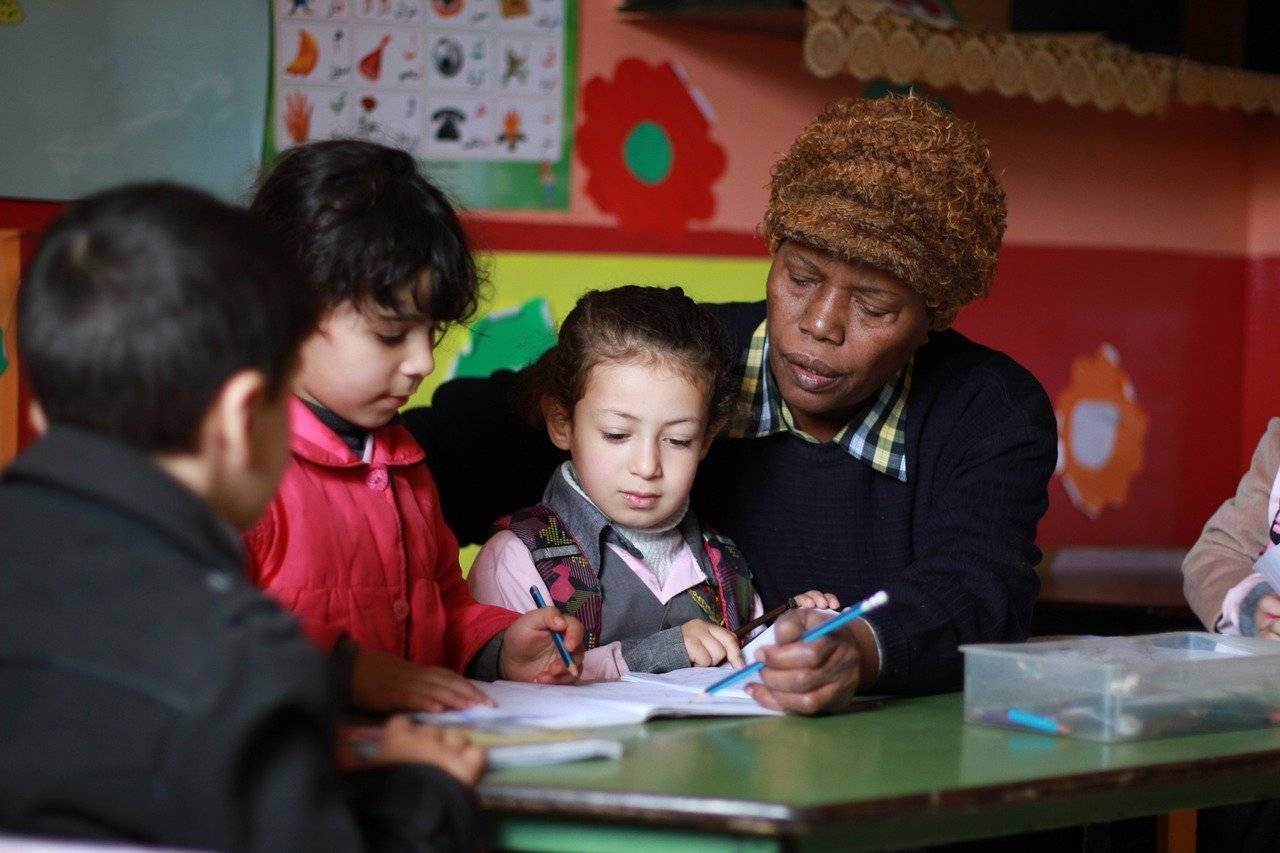Addressing the Digital Divide in Remote Learning: Access and Infrastructure
The shift to remote learning has presented numerous challenges for students worldwide. One key obstacle is the lack of face-to-face interaction with teachers and peers, leading to feelings of isolation and disconnection. Students may struggle to stay motivated and engaged without the social aspects of traditional classroom settings.
Moreover, the absence of direct supervision can make time management difficult for many students. The temptation to procrastinate or prioritize other activities can hinder academic progress. Additionally, the blurred boundaries between home and school life can lead to distractions and difficulties in maintaining a structured study routine.
Importance of Equal Access to Technology in Education
Access to technology in education is essential for students to thrive in today’s digital age. Without equal access to technology, students from underserved communities may face barriers to participating fully in remote learning. This lack of access can lead to a growing educational divide among students, with some falling behind due to limited resources.
Having equal access to technology levels the playing field and ensures that all students have the same opportunities to succeed academically. With the right tools and resources, students can engage in online learning, collaborate with peers, and access educational materials that enhance their learning experience. It is crucial for schools and policymakers to address disparities in technology access to create a more equitable education system for all students.
Disparities in Internet Connectivity Among Students
As the world continues to embrace remote learning, the issue of disparities in internet connectivity among students has become increasingly evident. In today’s digital age, access to reliable internet is crucial for students to fully participate in online education. However, not all students have equal access to this essential resource.
Students living in rural or low-income areas are particularly vulnerable to the challenges posed by limited internet connectivity. These disparities can greatly impact a student’s ability to access educational materials, participate in virtual classrooms, and complete assignments on time. As a result, students facing internet connectivity issues may find themselves at a significant disadvantage compared to their peers with stable internet access.





